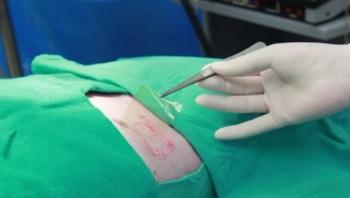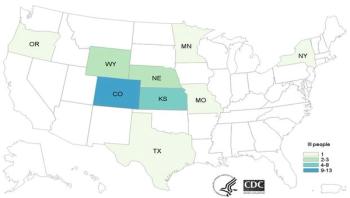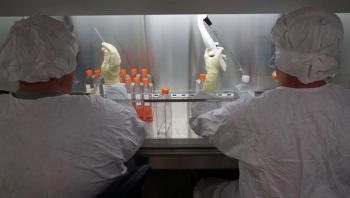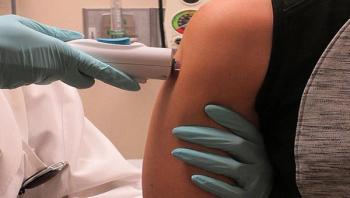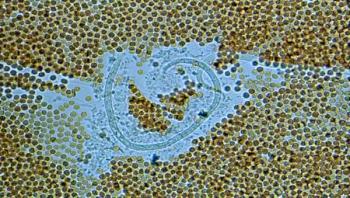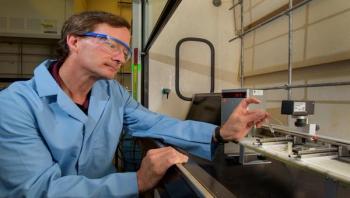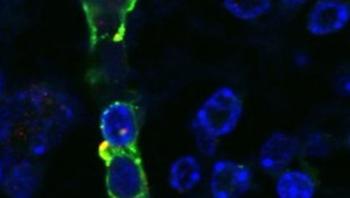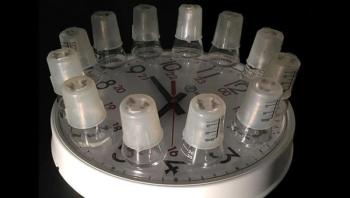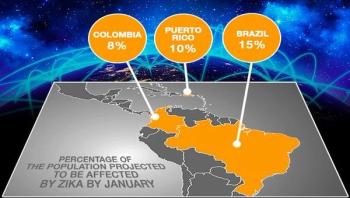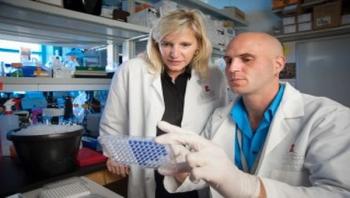Evidence-based practice is being implemented through a variety of patient-safety tools, but perhaps checklists and bundles remain one of the best ways to drive down infection rates and boost compliance among healthcare personnel that leads to better patient outcomes. Atul Gawande, MD, in his book The Checklist Manifesto, analyzes the positive impact of checklists in healthcare and in other industries, to handle “the volume and complexity of what we know.” As Gawande (2010) explains, "Know-how and sophistication have increased remarkably across almost all our realms of endeavor, and as a result so has our struggle to deliver on them … Avoidable failures are common and persistent, not to mention demoralizing and frustrating, across many fields-from medicine to finance, business to government. And the reason is increasingly evident: the volume and complexity of what we know has exceeded our individual ability to deliver its benefits correctly, safely, or reliably. Knowledge has both saved us and burdened us."


